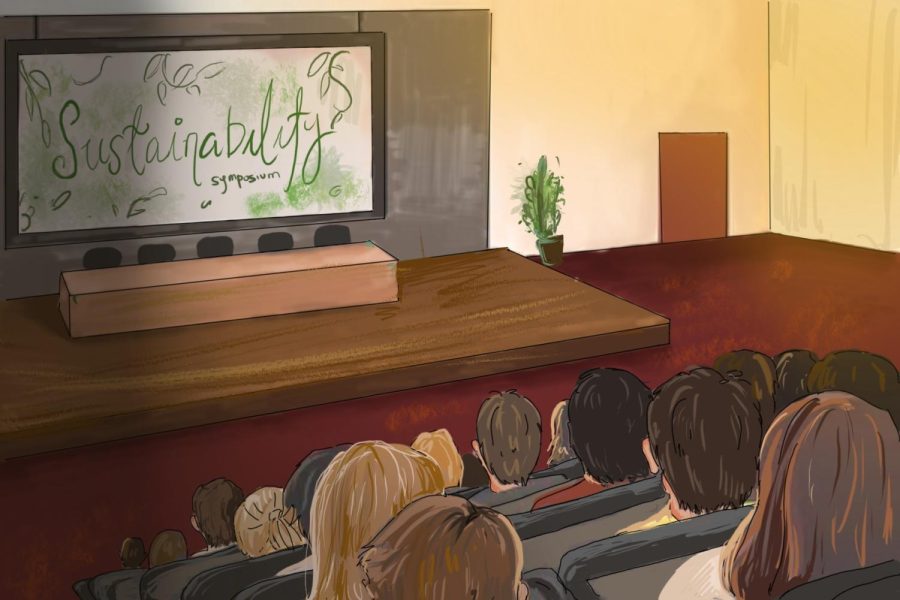Why UT’s Office of Sustainability is necessary
April 17, 2023
UT’s future lies in its ability to function sustainably as a university.
One office that actively facilitates a green transition through campus environmentalism initiatives is the Office of Sustainability.
Established in 2009, the Office is a central hub for student involvement, sustainability policy and campus engagement through various events. The Office has a long history with University-led environmental advocacy through initiatives to reduce waste, conserve water and promote green landscaping.
With the ever-changing landscape of energy usage and climate change, the Office of Sustainability is a necessary University initiative.
The history of Texas environmentalism runs deep — not only in greater Austin but within the University itself. In the 1930s, UT faculty advocated for the Hal C. Weaver Power Plant to convert from coal to natural gas, which fundamentally transformed the University’s energy sources ever since.
Environmental programming remains well-organized on campus.
“The last time that we looked at the Student Affairs website, there were over 30 different student organizations on environmental or sustainability topics,” said Jim Walker, director of the Office of Sustainability. “Environmental justice is an increasingly interesting topic for students and more and more students are gravitating toward it. (When) we talk to students, one of the first places we encourage them to look is within their own college.”
Currently, the Office of Sustainability runs programs that encompass the dual visions of energy transition and student empowerment. For instance, there are paid student leadership positions in the Campus Environmental Center, the inaugural Climate Leadership Program and the Green Fund.
The Green Fund in particular allocates five dollars from every student’s tuition.
“(The Fund) is funded from student tuition — every student contributes $5 a semester to it,” said Jill Parrish, the program coordinator for the Green Fund. “It’s a competitive grant program that’s been run with the tuition allocation that the program receives. It’s open to students, faculty and staff for sustainability and environmental projects.”
Students should know where their dollars are going. It’s a matter of understanding the University’s plans for a clean energy transition, empowering fellow peers and contributing to the overall sustainable vision of the University.
Yet, even with continuous organizing and planning, several challenges remain.
“(One) challenge that we are always wrestling with is how to get the word out about (events),” Walker said. “On a broad level, we do have a newsletter that students can subscribe to that … (relates) to sustainability research and sustainability operations.”
The Office has also held an annual sustainability symposium — funded by the Cynthia and George Mitchell Foundation — for the past 10 years, where they highlight “living labs” projects on campus.
“(Last year), we talked about the state of campus sustainability, had a round of speakers (and highlighted) the new minor program at the Leadership Institute at McCombs,” Walker said.
UT has been the signature energy school in an energy-rich state for the past hundred years. The University has a global impact, and the Office of Sustainability plays an integral role in a greener, brighter future.
Wan is a civil engineering and Plan II freshman from Houston, Texas.















